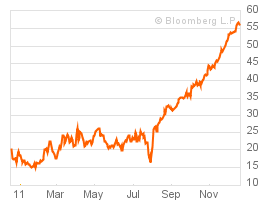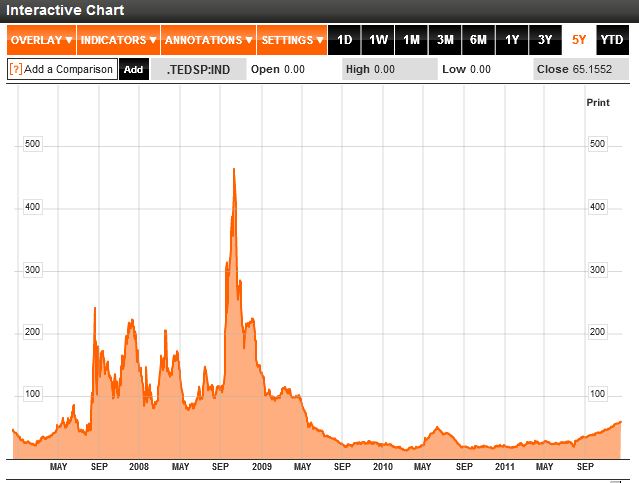When living in any country for a period of time you will find some things that start to annoy you. This is especially so if what you experience in your current country of residence has already been “fixed” in another country that you have lived in. Soon you find yourself wishing that the government would change its policies or introduce new ones to improve your own life and hopefully that of other residents.
After eight years in Singapore I have a few things on my list of possible improvements that I’d like to share on my blog. Hopefully a local politician will read this and think my ideas make for great policy! Well, maybe not, but since I can’t vote, it’s the best way to voice my opinion that I can think of.
I’ll create separate blog entries for each idea, enabling comments to remain focused on an individual subject, rather than involving a few suggestions in one post.
The first problem is around pricing of goods and services related to hotels and F&B (food and beverage) outlets in Singapore. When you first arrive in Singapore you will hear the term “plus, plus” in reference to prices in these establishments. One “plus” refers to the 7% GST and the other to the 10% service charge. This means that you can find what looks like a great deal at a restaurant, but then realise you have to add 17% of “plus, plus” charges to the bill before making a comparison.
The interesting this is that all other GST businesses that charge GST have to show GST inclusive prices, but because hotels and F&B outlets include the service charge they are exempt because of “operational difficulties.”
Singapore recently forced travel agents and airlines to include all taxes and other charges in the advertised price which makes life much easier for the consumer. Therefore, I fail to understand what the “operational difficulties” are for hotels and F&B outlets that force an exemption for displaying consumer friendly prices.
The second problem is about the use, or rather lack of, unit pricing in supermarkets. Consumers can save time and easily determine the true value of a product by comparing its unit price on the displayed shelf label, rather than calculating it on the fly. This is useful because competitive products in the same category are often of different weights/volumes, making price comparisons more difficult than they need to be. For example, if one brand of orange juice comes in a 2L carton and another in 1.89L then the unit price can be displayed as $x.xx per 100 ml.
Even the same product can have different sizes that seem purposely created to make price comparisons a mental challenge. I’ve seen a couple of situations where specials have made it cheaper to buy two of the small volume product rather than one larger volume product! So much for saving the environment with less packaging and waste.
Unit pricing has been introduced in Australia and clearly makes it far easier to spot a bargain when comparing the products on a shelf.
If Singapore would introduce these two pricing policy changes I think that it would help reduce my personal annoyance level and hopefully that of others living in Singapore too. Although my wife says “that’s useless for us Chinese, because we are all good at maths anyway.”


